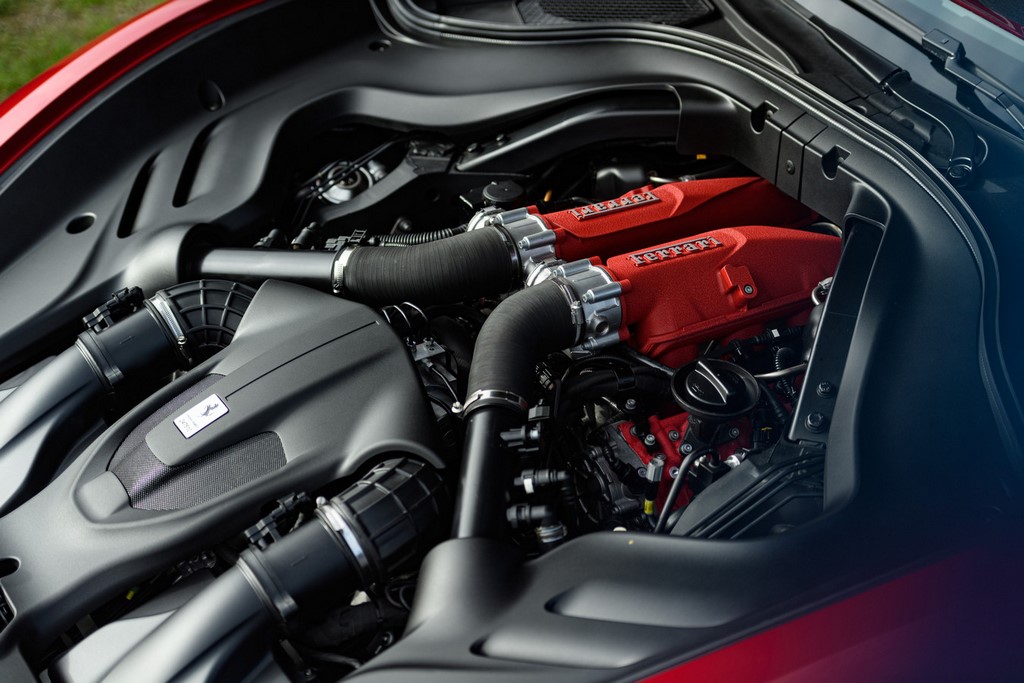Could Euro 7 Emission Norms Bring An Early End To ICE Vehicles? Seems Likely
Several bodies express concerns that the emission standards could spell the complete disruption of the auto industry.
Several bodies express concerns that the emission standards could spell the complete disruption of the auto industry.
Home » General News » Could Euro 7 Emission Norms Bring An Early End To ICE Vehicles? Seems Likely

Proposals for upcoming Euro 7 Emission Norms have been met with strong opposition from various stakeholders of the automotive industry and governments.
Made by European Commission’s Consortium for Ultra Low Vehicle Emissions (Clove) of engineering consultants, the proposals, if accepted will come into effect as norms by 2025 in Europe.
According to the European Automobile Manufacturers Association (ACEA), the Euro 7 emission norms, if applied as they are, could spell doom for internal combustion engine (ICE) cars as early as 2026.
ACEA believes that the emission standards set by Clove and the suggested new testing conditions would result in a situation “similar to the ban of vehicles powered by an internal combustion engine, including hybrid electric vehicles.”
Clove’s Euro 7 proposals are so stringent that it would make production of smaller and cheaper ICE vehicles economically unviable, while also threatening performance cars.
According to the proposed rules, motor vehicles, from 2025, will be allowed to emit 30 mg NOx per km and, in a second scenario, only 10 mg per km. The CO2 limit values will be reduced to 300 or 100 mg, and measurement conditions are to be tightened considerably during the Real Drive Emissions (RDE) test.
Also, Clove proposes that future ICE vehicles be fitted with a multi-stage ‘supercatalyst’, which would mean petrol engines would have a heated electric catalyst, a pair of 1.0-litre 2-way catalysts, a 2.0-litre particulate filter and an ammonia slip catalyst.
ACEA claims fitment of such an expensive device would be close to impossible, while it would also drive up retail costs of cars.
In addition, Clove’s proposals state that Euro 7 cars should come with an on-board diagnostics system that would monitor the engine for 150,000 miles (2.41 lakh km).
Further, Clove also wants the limits for all pollutants (like ammonia, CO, methane, particulate matter, NOx, NO2), to be the lowest in the world, with the limits applicable to all driving scenarios (including cold starts), without any allowances.
While ACEA has criticised the proposed Euro 7 emission norms, it is not alone, as the European Commission has already received both feedback and condemnation from bodies including Bosch, the City of Amsterdam, the Austrian Federal Economic Chamber and the Swiss Federal Office for the Environment, among others.

Source – Autocar.co.uk
